Cat Skin Diseases Biography
Source:- Google.com.pkCat fever, Casuses and symtpms
Also known as 'pyrexia' a fever is an abnormally high body temperature which is generated by the body to fight disease. Normal body temperatures in cats range between 100 - 102.5°F (37.7 - 39.1°C).
There are two causes of an increase in body temperature, fever or hyperthermia (one cause of hyperthermia is heat stroke).
Temperature is regulated by a part of the brain called the hypothalamus. This acts as a thermostat in the body. Fever occurs when the body senses the presence in the blood of small molecules known as pyrogens (fever producing substances). These usually come from a source outside the body and in turn, stimulate the production of pyrogens inside the body. Pyrogens tell the hypothalamus to increase the temperature set point, resulting in a fever.
Causes of fever include:
Infection (bacterial, viral, parasitic, fungal).
Inflammation (pancreatitis, cholangiohepatitis, myocarditis/heart inflammation).
Immune mediated (systemic lupus erythematosus, hemolytic anemia, idiopathic thrombocytopenia)
Cancer.
Some drugs, (known as drug fever): Interferons, certain antibiotics, antihistamines.
Endocrine disorders (hypoparathyroidism).
Idiopathic (unknown cause). This is known as fever of unknown origin (FUO).
It is believed that fever serves a useful purpose in attempting to combat any infections by creating a hostile environment for the pathogen, making it harder for them to take hold and reproduce within the host's body. High temperatures also help the immune system to function more effectively. Unfortunately, fevers, particularly high fevers have a detrimental effect, especially if they are prolonged, this includes possible brain damage.
What are the symptoms of fever?
Lethargy.
Dehydration.
Reluctance to move.
Loss of appetite.
Pain and tenderness when touched (hyperalgesia).
Shivering.
Hunched over appearance.
Increased breathing (hypernea).
Other symptoms may be present depending on the underlying cause. For example, if your cat has ingested poison he may be vomiting, a cat with cat flu will sneeze and have nasal discharge.
How can I tell if my cat has a fever?
The only way to accurately tell if your cat has a fever is to take his temperature. This is best to be attempted with two people, one to hold the cat and the other to take the temperature. Let your cat's behaviour guide you, if he becomes stressed or has a history of being difficult to handle when being medicated etc., then it is safer for you to seek the help of your veterinarian.
To do this, shake down the column of mercury until it reads 96°F (36.1°C), then lubricate the bulb tip with petroleum jelly. Grasp the base of your cat's tail and lift it. Insert the lubricated end of the thermometer about halfway into your cat's rectum and hold it in place for 3 minutes. Remove the thermometer, wipe it clean with a tissue and read the silver column of mercury.
How is the cause of a fever diagnosed?
Your cat should be taken to a veterinarian to determine a cause of the fever and appropriate treatment given. A medical history will be required including any exposure to toxins or drugs, other symptoms you may have noticed, how long has your cat been running a fever? Your cat will perform a complete physical examination, carefully checking for signs of infection, inflammation, injury, abscess, lumps and bumps. The most common cause of fever in cats is due to infection.
The age of your cat may give a clue. Young cats are more likely to have a fever due to infection, while older cats may be due to cancers. Outdoor cats, especially males are prone to bite wound abscesses.
Based on presenting symptoms and the medical evaluation, he will need to run some diagnostic tests. These may include:
Biochemical profile - To evaluate organ function and check calcium levels.
Complete blood count - To evaluate for signs of infection. Cats with an infection often have an elevated white blood cell count.
Blood smear - To check for blood parasites.
Urinalysis - To check kidney function and for infection. A urine culture may also be performed to check for bacteria in the urine, which would indicate a urinary tract infection.
Ultrasound or x-rays to check for tumours, pneumonia and abscesses. Biopsies may be taken.
Specific tests for Feline Leukemia Virus or Feline Immunodeficiency Virus.
Electrocardiogram (ECG) to check for cardiac abnormalities.
What is the treatment for fever?
Pet owners should NEVER administer over the counter painkillers such as Ibuprofen (Advil/Nurofen), Paracetamol (acetaminophen) or Aspirin to reduce a fever in cats. These medications are great for humans, but are extremely toxic to cats.
Generally temperatures < 105°F (40.5°C) should be monitored closely, if the temperature rises above 105°F then veterinary attention needs to be sought immediately.
Treatment should be aimed at addressing the underlying cause. If no known cause can be determined, your veterinarian may recommend a short course of antibiotics to see if the fever resolves.
In the event of a bacterial infection, antibiotics will be prescribed.
In most cases of viral infections, supportive care is given until the cat is able to fight off the infection.
Cancers are usually treated by surgical removal and possibly chemotherapy.
Glucorcoids or immunosuppressive drugs for immune or inflammatory causes.
Analgesics, anti-nausea medication and supportive care to treat pancreatitis.
Ceasing medications (if possible) or switching to a different type if drugs are the cause.
Anti-fungal medications to treat fungal diseases.
Calcium and vitamin D to treat hypoparathyroidism.
Medications to correct heart rhythm abnormalities.
Addressing the cause of hemolytic anemia.
Blood transfusions may be required in in severe cases of hemolytic anemia or systemic lupus erythematosus.
Cat Skin Diseases Skin Diseases Holes on Face In Dogs on Legs Pictures on Hands on Arms Psoriasis Vitiligo Images
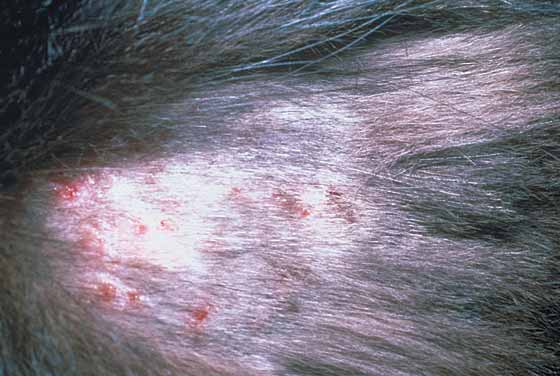
Cat Skin Diseases Skin Diseases Holes on Face In Dogs on Legs Pictures on Hands on Arms Psoriasis Vitiligo Images

Cat Skin Diseases Skin Diseases Holes on Face In Dogs on Legs Pictures on Hands on Arms Psoriasis Vitiligo Images
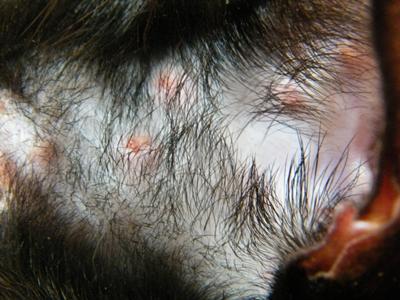
Cat Skin Diseases Skin Diseases Holes on Face In Dogs on Legs Pictures on Hands on Arms Psoriasis Vitiligo Images
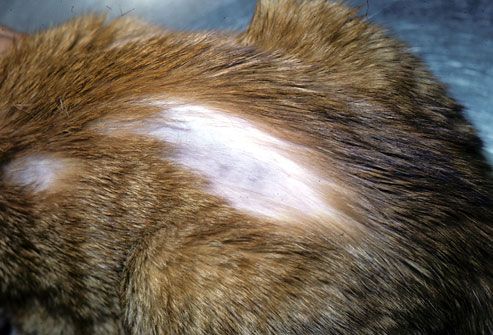
Cat Skin Diseases Skin Diseases Holes on Face In Dogs on Legs Pictures on Hands on Arms Psoriasis Vitiligo Images
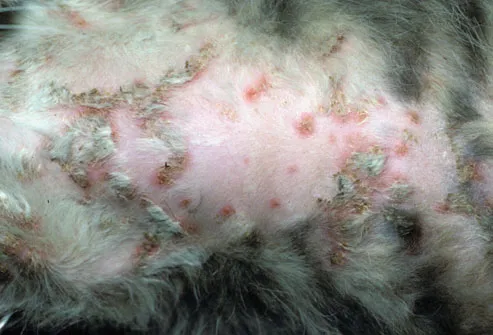
Cat Skin Diseases Skin Diseases Holes on Face In Dogs on Legs Pictures on Hands on Arms Psoriasis Vitiligo Images
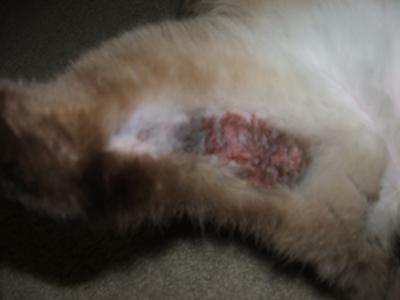
Cat Skin Diseases Skin Diseases Holes on Face In Dogs on Legs Pictures on Hands on Arms Psoriasis Vitiligo Images

Cat Skin Diseases Skin Diseases Holes on Face In Dogs on Legs Pictures on Hands on Arms Psoriasis Vitiligo Images
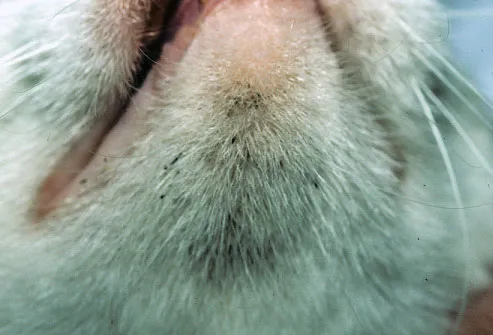
Cat Skin Diseases Skin Diseases Holes on Face In Dogs on Legs Pictures on Hands on Arms Psoriasis Vitiligo Images
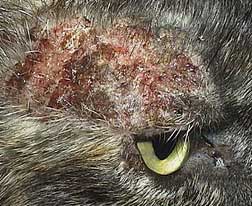
Cat Skin Diseases Skin Diseases Holes on Face In Dogs on Legs Pictures on Hands on Arms Psoriasis Vitiligo Images

Cat Skin Diseases Skin Diseases Holes on Face In Dogs on Legs Pictures on Hands on Arms Psoriasis Vitiligo Images
No comments:
Post a Comment